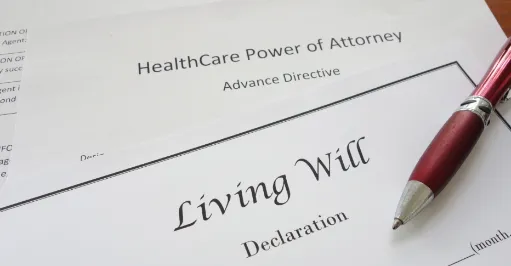Life is full of contingencies. While some outcomes are relatively specific, other events are more difficult to predict. This uncertainty can create estate planning challenges. Because life changes quickly and sometimes unexpectedly, your estate plan needs to be flexible.
You can change your estate plan when you are still alive, but your plan is primarily set in stone when you pass away. Incorporating milestones into your estate plan is one way to hedge against the unpredictable future. By creating incentives for particular events, you can continue to exercise your values and provide for your loved ones beyond your lifetime.
Clarifying Your Wishes with If-Then Statements
If-then statements allow outcomes to be determined with conditions. They are found in deductive logic, computer programming, legal documents, and estate planning documents.
The premise of an if-then statement is simple: if a given criterion is met, then a specific action follows. For example, you might write in your will, “If my spouse predeceases me, then I leave my house to my oldest son,” or, “If both my spouse and I pass away, then “Person X” will be nominated as guardian of our children.”
Such clauses can help you retain some power over outcomes that would otherwise be out of your control. They can also help you plan for future contingencies in a way that is impossible with simple declarative statements (e.g., “I leave my house to my spouse.”).
If-then clauses can be combined to account for numerous future possibilities. So, in addition to “If my spouse predeceases me, then I leave my house to my oldest son,” you could specify that “If my son is not employed, then I put my home in a trust to be managed by “Trustee Y.”
Common Beneficiary Milestones Used in Estate Plans
Conditional provisions that offer enhanced flexibility to your estate plan can take many forms. These provisions do not always have to be if-then statements. They can also include gifts or distributions triggered at specific times or milestones.
The following are some events that you might consider incorporating into your estate plan:
- A child is turning eighteen or twenty-one. A child celebrating a milestone birthday could trigger an action in your estate plan, such as the child receiving distributions from a trust to which they are a beneficiary.
- Completing a degree or certificate. A gift in your will might be conditioned upon the beneficiary graduating from college or earning a professional certification.
- Purchasing a first home. When buying their first home, you could give a beneficiary some or all of a legacy.
- Financing a first wedding. Parents typically pay for most wedding expenses.[1] A clause in an estate plan can direct wedding money to a child the first time they tie the knot.
- You might hesitate to leave money to a beneficiary who is terrible with money or has a poor employment record. You could base a child’s inheritance on being fully employed for at least a year as a compromise.
- Like an employment clause in your estate plan, a clause can release an inheritance only if the beneficiary has stayed sober for a certain length, such as a year, or has completed a rehab program.
- Having children. Having a child is expensive. To help with the expenses of childbirth and childrearing, including an estate planning provision that kicks in extra money to a family member when they give birth, adopt, or require assistance with reproductive technology, such as in vitro fertilization.
- Approximately two-thirds of Americans are not financially prepared for retirement.[2] If you want to ensure that a beneficiary continues to work but can retire comfortably at an appropriate age, reward them with a lump sum inheritance to be used once they reach retirement age.
Remember that these estate planning milestones can be combined and modified. For example, you might give wedding money to a child but keep the rest of their inheritance in a trust so that if your child gets divorced, the money and property you pass on will not end up in the hands of their ex-spouse or their creditors.
Another option is to set up your estate plan to direct more money to someone if the value of a particular account or property rises. Or, if the account overperforms, the increase in value could be donated to a charity of your choice. You could also use an if-then statement to provide that a beneficiary receives an extra gift only if they meet a particular milestone. The options are nearly endless.
Now Is the Time to Plan for the Future
Populating your estate documents with numerous if-then clauses and milestones can complicate things. But it might give you greater peace of mind knowing that multiple potentialities have been anticipated.
You can create a diagram or flowchart that helps you keep track of all the moving pieces. A chart—rather than a jargon-filled legal document—can make it easier to review and update your estate plan if there is a significant life event, such as a death, birth, marriage, or illness).
Whatever you decide to do, please do not put it off. Act now to create a plan for your loved ones while honoring your wishes. If you have any questions, give us a call. Or book a strategy session with us — we are here to help.






